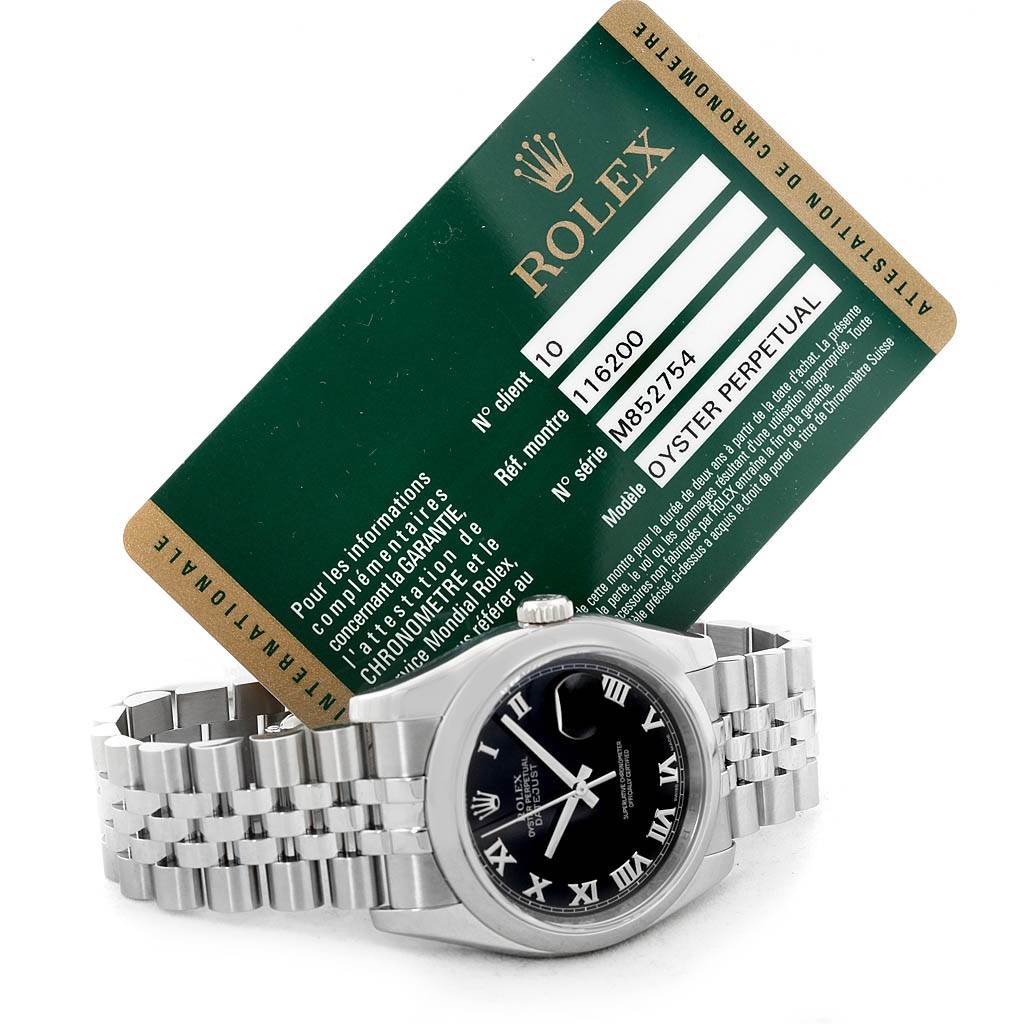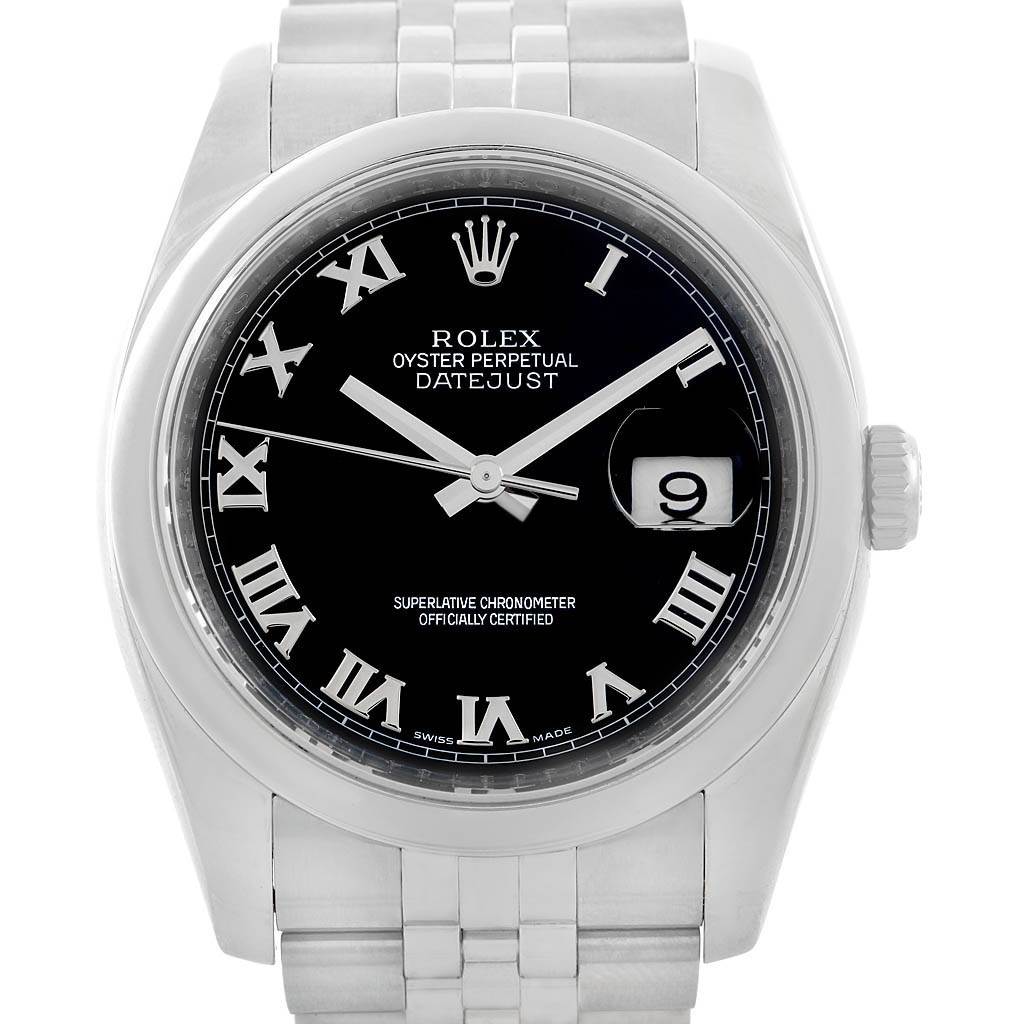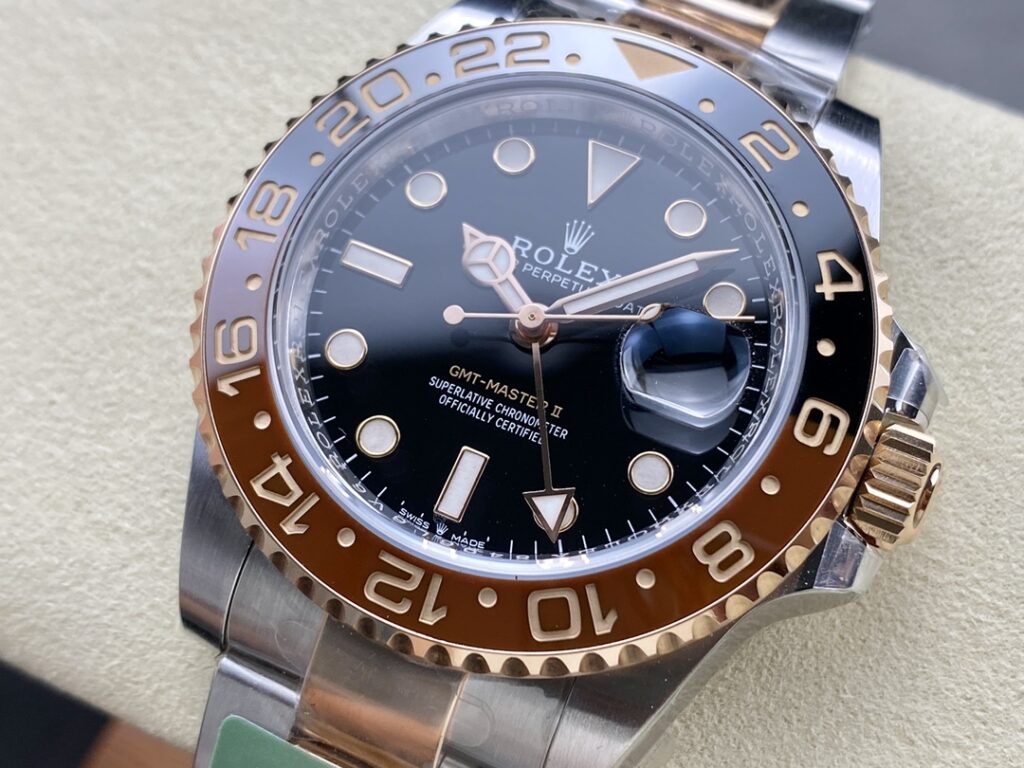For those new to the world of Rolex, the name “Turn-o-Graph” might not ring a bell. This model, discontinued in 2011, is no longer part of Rolex’s current lineup and has often been overshadowed by iconic pieces like the Daytona, Explorer, and Submariner. However, the Turn-o-Graph holds a fascinating and significant place in Rolex history, serving as the origin of many features now synonymous with the brand.

The Rolex Turn-o-Graph is considered the brand’s first tool watch. Launched in 1953, it introduced several innovations for replica Rolex, including the debut of the rotating bezel on a commercially available watch – predating even the Submariner – and the introduction of the Rolesor finish, which combines steel and gold in a single design.
Melding practical functionality with a sporty yet elegant aesthetic, the Turn-o-Graph played a crucial role in shaping the tool watch genre, which has become ubiquitous today. The rotating bezel, which started with the Turn-o-Graph, would later become a defining feature of Rolex’s most famous sports watches, including the Submariner and GMT-Master. Initially a standalone model, the Turn-o-Graph was eventually incorporated into the Datejust collection, where it served as the sporty counterpart.

As interest in vintage watches has grown, the Turn-o-Graph has achieved cult status among collectors and enthusiasts. Its blend of elegance, utility, and rich history makes it a model that continues to garner attention and respect in the modern era.
The Birth of the Turn-o-Graph
Introduced in 1953, the Turn-o-Graph was not designed for a specific sport but featured a highly practical rotating timing bezel. This innovation marked a new and simpler way of measuring elapsed time. Rolex introduced the Turn-o-Graph as a way to test market interest in this new feature, which was marketed as a tool for both sports and daily activities. Period advertisements promoted the watch’s versatility for everything from timing phone calls to parking meters.
The Turn-o-Graph’s inaugural reference, 6202, featured a thick black rotating bezel, making it the first serially-produced Rolex with this feature, arriving just months before the Submariner. The bezel’s 60-minute scale allowed for quick time measurements, marking the Turn-o-Graph as Rolex’s first true tool watch. It shared many design elements with the Submariner, including a black dial, gilt chapter ring, and triangle marker at 12 o’clock. Like the early Submariner, the Turn-o-Graph 6202 was a time-only model, lacking a date function.

Evolution and Legacy
The second generation of the Turn-o-Graph, introduced just a year later, saw the model absorbed into the Datejust family, gaining a date function and a Cyclops lens. While it retained the rotating bezel, the design shifted to a more refined look with an embossed metal insert, aligning with the Datejust’s dressier style. This evolution set the Turn-o-Graph apart from the Submariner and solidified its identity as a unique blend of sport and elegance.
The watch’s practical functionality caught the attention of the United States Air Force’s aerobatics squadron, the Thunderbirds, who found the bezel useful for navigational calculations. This association led Rolex to market the Turn-o-Graph as the “Thunderbird” in North America.
Between 1959 and 1977, the Turn-o-Graph underwent several upgrades, including the introduction of the Caliber 3035 movement and the removal of the “Turn-o-Graph” text from the dial, replaced by the inscription “Superlative Chronometer Officially Certified.” This change further integrated the Turn-o-Graph into the Datejust family. The model was primarily available in two-tone steel and yellow gold, though some solid gold versions were produced. In 1988, Rolex introduced five-digit models with sapphire crystals and discontinued solid gold options in favor of steel and two-tone models.

In 2004, to celebrate the Turn-o-Graph’s 50th anniversary, clone Rolex launched a redesigned range featuring bezels that combined the rotating timing function with the fluted design characteristic of the Datejust. This new collection also introduced rose gold to the Turn-o-Graph lineup. The Datejust Turn-o-Graph was ultimately discontinued in 2011, but its sporty-elegant design and historical significance continue to make it a sought-after model among Rolex enthusiasts.
How to Use the Rolex Turn-o-Graph
The copy Rolex Datejust Turn-o-Graph’s defining feature is its 60-minute rotating bezel, which, when used in conjunction with the watch’s minute hand, allows the wearer to measure elapsed time or specific intervals up to one hour. Here’s a step-by-step guide on how to use this feature:
Reference the Minute Hand: Use the central minute hand as your starting point for timing an event.
Align the 0 Marker: Rotate the bezel until the 0 mark (triangle at 12 o’clock) aligns with the minute hand, marking the start of the event.
Read the Elapsed Time: As the minute hand moves, you can measure the elapsed time by checking its position against the bezel’s 60-minute scale.
Record the Elapsed Time: Since the hands continue to move, you’ll need to record the elapsed time manually when the event is over.
Timing Beyond One Hour: If you need to measure time beyond 60 minutes, simply add the appropriate number of hours to your recorded time.
Notable Rolex Turn-o-Graph Models
Throughout its production, Rolex released 10 different references of the Turn-o-Graph. Here are a few of the most sought-after models:
Reference 16253 (1977): This quintessential Turn-o-Graph model features a classic two-tone style with a Jubilee bracelet and distinct engine-turned bezel. It was available in various dial styles, including black, champagne, and the unique Buckley Dial with painted numerals.
Reference 116261 (2004): Part of the six-digit references introduced to celebrate the Turn-o-Graph’s 50th anniversary, this model features a modernized case design with tapered lugs and a fluted bezel. It was also the first Turn-o-Graph to incorporate rose gold, using Rolex’s patented Everose alloy.
Reference 116263 (2012): Released as a limited edition for the Japanese market, this model features a yellow gold and stainless steel finish with green accents replacing the standard red details. Production was limited to 600 pieces, making it a rare and highly collectible model.
What is a Rolex Turn-o-Graph?
The Turn-o-Graph is Rolex’s first tool watch, introduced in 1953. It pioneered the rotating timing bezel, which later became a standard feature in models like the Submariner and GMT-Master. The Turn-o-Graph was also the first Rolex sports watch available in a two-tone steel and gold configuration.
Is the Rolex Turn-o-Graph Waterproof?
Yes, the Turn-o-Graph models are water-resistant to 100 meters (330 feet), thanks to their Oyster case, screw-down case back, and Oyster crown. This makes them suitable for light water exposure, although caution is advised due to their vintage nature.
Is the Rolex Turn-o-Graph Discontinued?
Yes, the Turn-o-Graph was produced from 1953 until its discontinuation in 2011. While no longer in production, these models remain available on the secondary market and are cherished by collectors for their unique place in Rolex history.

